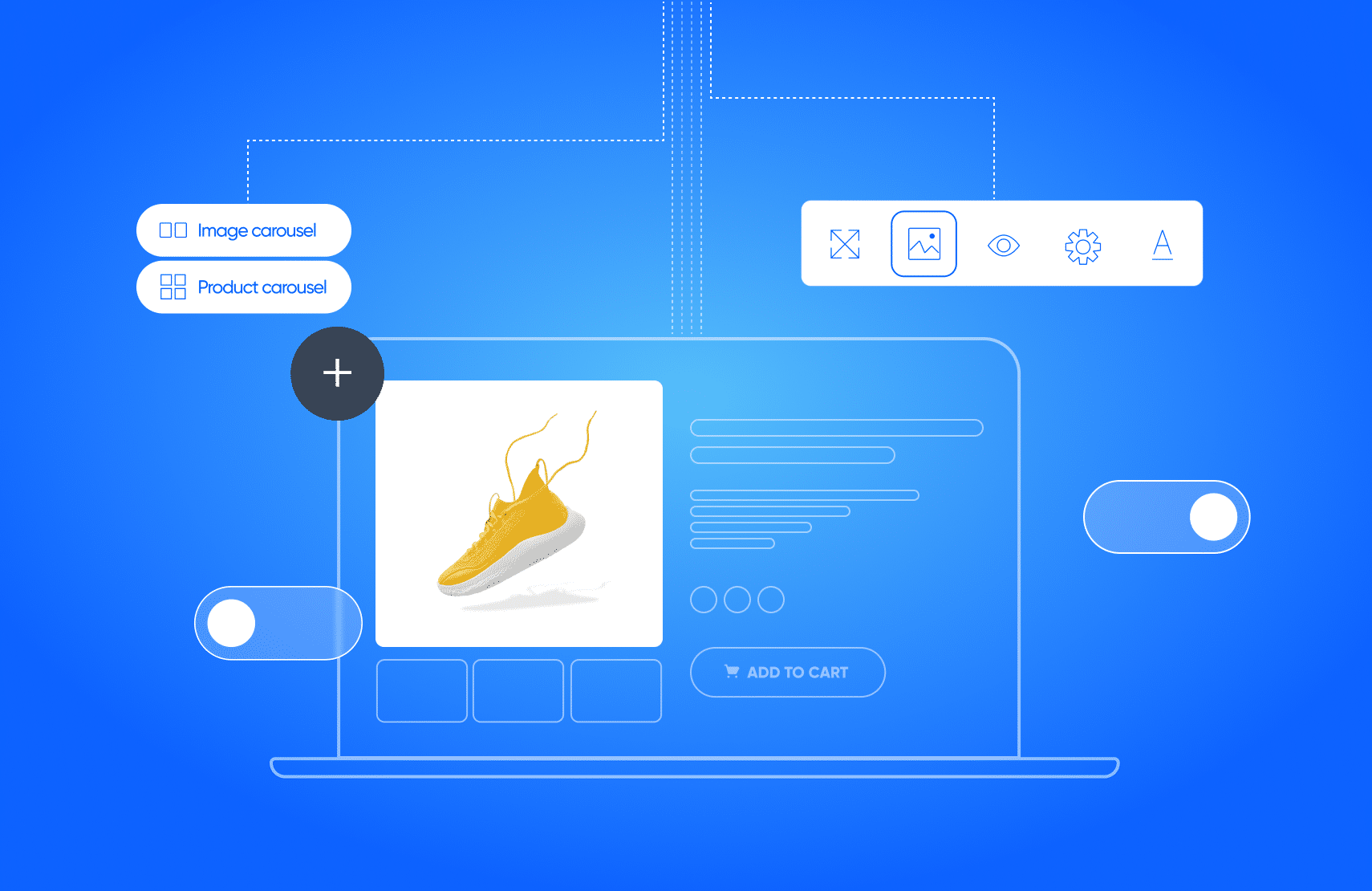The Modular Method for Replatforming E-Commerce

If you’re frustrated with your e-commerce platform but worry that a replatforming project will be an expensive and risky ordeal, you’re not alone. But leaving one of the most critical pieces of your sales machine painfully out of touch with the present reality of e-commerce puts your business at a big disadvantage.
Modular replatforming eliminates risk, reduces time to implementation, and costs as little as one-tenth of what you’d spend on a traditional replatforming project.
Replatforming e-commerce is no longer an all-or-nothing choice. With the help of implementation experts, you determine what specific pieces of your system are causing the most pain. Then, instead of building a new platform from the bottom up, you keep your current platform operational while integrating services from the new platform.
Your business, your team, and your customers reap the benefits of features in weeks rather than months without any painful and costly downtime. This is possible with microservices and APIs that make up modern ecommerce platforms.
[toc-embed headline=”Is Replatforming Worth It?”]
Is Replatforming Worth It?
The simple answer is probably not, especially if it’s going to be a year-long process that takes you away from your customers, locks you into an unalterable plan, and is likely to result in something only marginally better than what you already have.
The traditional replatforming experience just doesn’t make sense in 2020. But until recently there were really only two options:
- Take on a risky and expensive replatforming project and hope everything goes well.
- Accept the limitations of your current platform and continue using a system that doesn’t support your needs.
What businesses need is the ability to address their most pressing e-commerce problems immediately without having to start from scratch and transition from one monolithic platform to another.
Modular replatforming enables exactly that. It is a top-down approach that lets you upgrade your current e-commerce setup and earn quick ROI without all the commitment and expense of a traditional replatforming experience.
[toc-embed headline=”What is Modular Replatforming?”]
What is Modular Replatforming?
Modular replatforming is the modern approach to switching e-commerce platforms or evolving your existing platform. Instead of coming up with a plan to overhaul every part of your e-commerce system from scratch, you focus on the pieces that are negatively affecting your business, your team, and your customers’ experience.
Sometimes this process is referred to as the strangler method, a term derived from a natural occurrence in which a vine begins growing at the top of a tree, slowly extending itself to the ground, and eventually killing the host tree and leaving only the vine behind.
It’s the same basic principle used in modular replatforming.
You change your CMS, your PIM, your OMS, or whatever systems are holding you back. But all this continues to operate on top of your existing platform, preventing any downtime or lost sales. This way you now have all the functionality you need to be successful without committing to an all-or-nothing replatforming project.
[toc-embed headline=”When to Take a Modular Approach “]
When to Take a Modular Approach
If you’re noticing your legacy e-commerce system is holding you back in any significant way but worry that the time and cost required to replatform makes it an unappealing prospect, then modular replatforming is likely a great fit for you.
Legacy e-commerce platforms tend to be antiquated, cumbersome, and complex. Often, they are designed so that updates, testing, and customization require specialized programming and take months to implement. Many businesses recognize they can’t afford to spend that kind of time just to make a simple update or to change or test some new feature.
By taking a modular approach, you can implement best-of-breed features in those places that will have the most effect on your customers and bottom line. Each piece of your system is “modularized” so that you’re able to plug a new module into your existing system and immediately start experiencing the benefits. You’re then able to gradually replace piece-by-piece until you’re left with a completely new (and much more flexible and responsive) system.
[toc-embed headline=”How to Start a Modular Replatforming Project”]
How to Start a Modular Replatforming Project
Modular replatforming is all about fast ROI – where can you see important results immediately? Depending on the nature of your business, some functionalities will be much more relevant to delivering the brand experience you desire while others aren’t top priorities.
By evolving your platform in modular pieces, you’re able to keep everything up and running as it is while transitioning piece-by-piece based on where you can expect the most improvement and the best returns on your investment.
Maybe your payments and shipping are working fine, but your CMS is hard to use and inflexible and your PIM system makes it hard to update and deliver relevant product information across all your selling channels. Instead of starting from scratch and attempting to build a completely new platform that includes these features, you start at the top. You replace those problematic features first and leave everything else the same for now.
By evolving your platform, you’re able to get new features up and running quickly. There’s no downtime or lost sales. Your customers see an immediate improvement. And you get to enjoy a fast ROI without risking an expensive and time-consuming project.
[toc-embed headline=”Conclusion”]
Conclusion
Traditional replatforming is just too painful and costly, and it’s a gamble whether the drawn-out process will produce any real and measurable results. Evolving your platform will become the new standard.
Each new module is completely separated from the whole, allowing you to quickly integrate new modules that will seamlessly interact with your current system. That gives you, your team, and your customers immediate benefits and fast results.

Global strategy and field marketing @ fabric. Previously @ Suplari and Accenture.